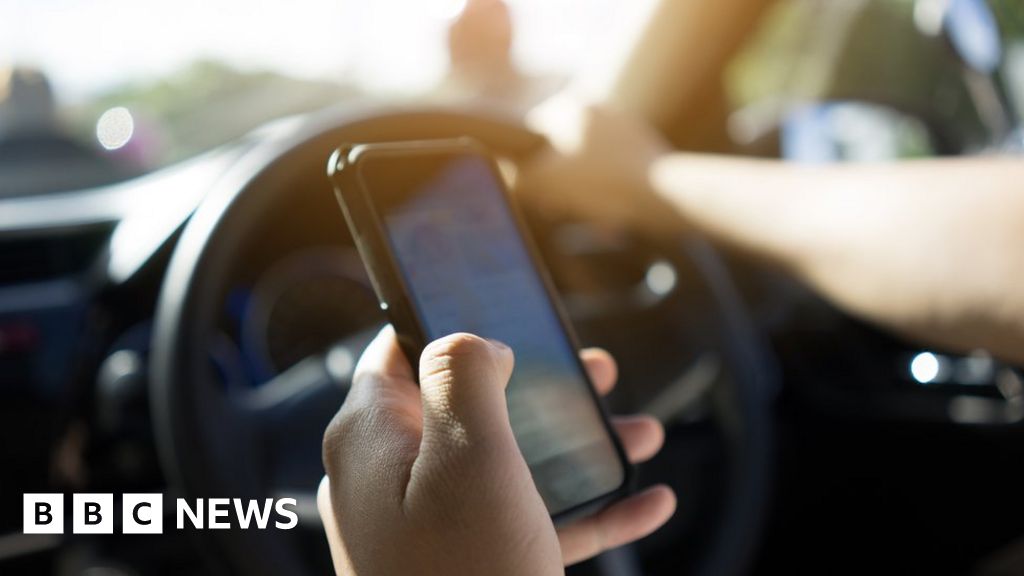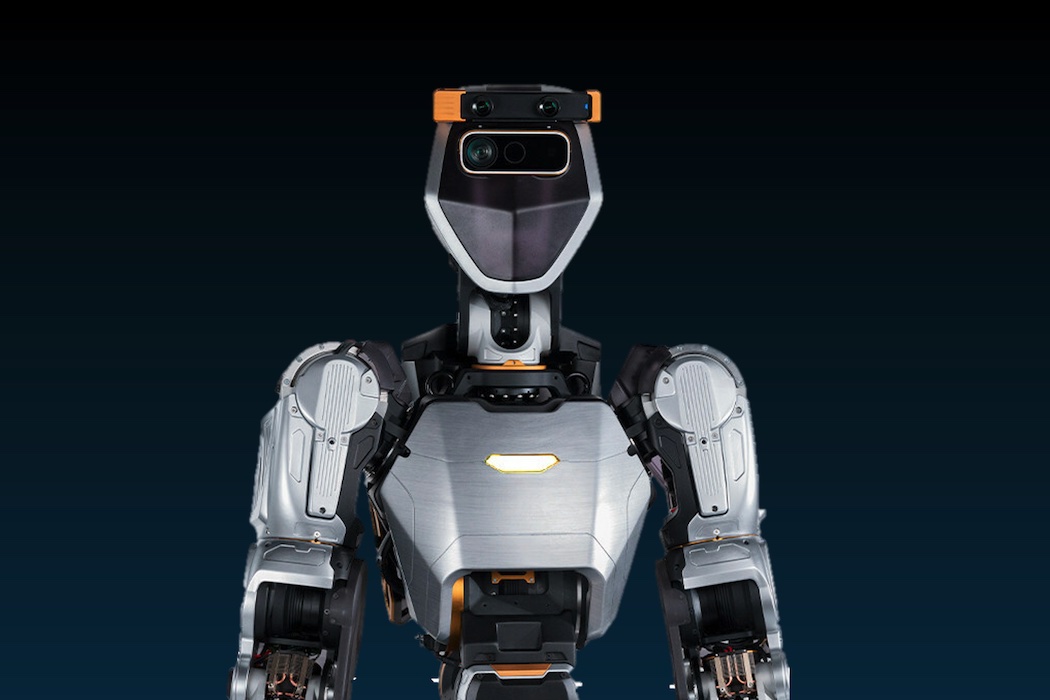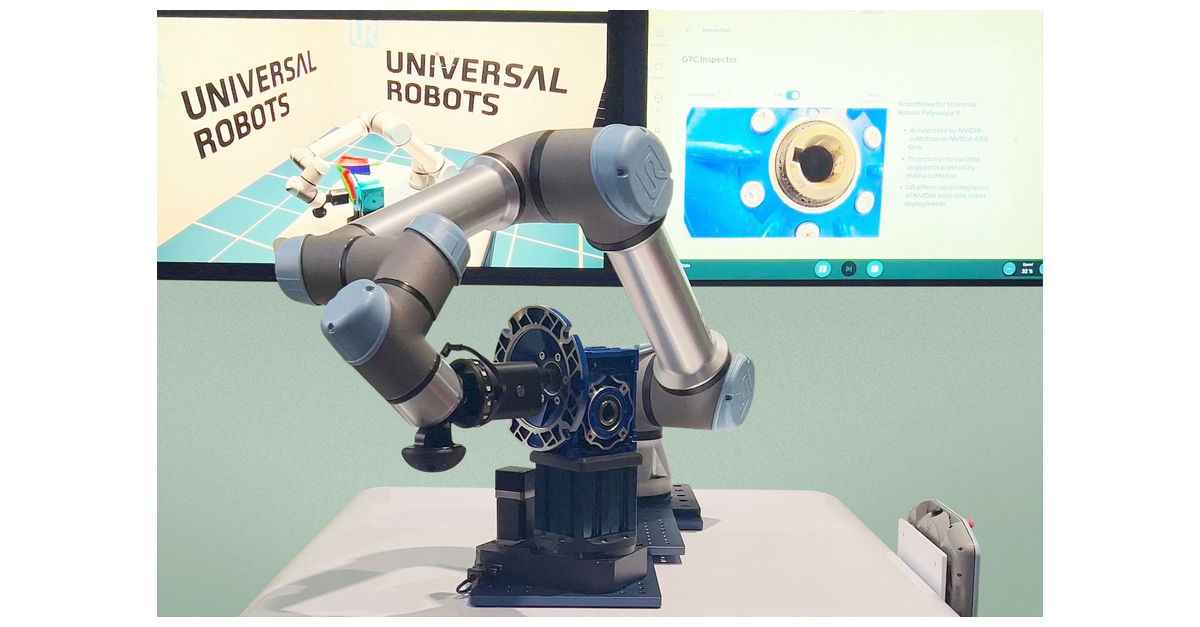- TECHSWU
- Posts
- TECHSWU #24
TECHSWU #24
Welcome to TECHSWU, your go-to destination for all things tech that matter in your daily life! From gadgets to software, we cover it all with a focus on what's relevant and usable now. Tune in to our YouTube channel, daily newsletter, and podcast for the latest updates and insights on the tech you use every day. Stay connected with TECHSWU and stay ahead in the world of technology



The UK has taken a significant step in bolstering the cybersecurity of smart devices by banning the use of default usernames and passwords. The Product Security and Telecommunications Infrastructure Act, which went into effect on April 29, applies to a wide range of IoT devices including smartphones, smart TVs, gaming consoles, smart speakers, and security cameras.
Manufacturers will also be required to establish mechanisms for reporting security issues and provide a timeline for security updates. Noncompliance with the law could result in penalties of up to $12.
5 million in fines or 4% of annual revenues for IoT manufacturers. This move comes as the persistence of Mirai botnet-based intrusions continues, highlighting the need for stronger security measures.
The UK's decision has made it the first country worldwide to impose such restrictions on default passwords for smart devices.

Northamptonshire Police have introduced a cutting-edge artificial intelligence (AI) system to detect drivers using their mobile phones while behind the wheel. This hi-tech solution aims to tackle the growing problem of distracted driving, a major cause of accidents on the roads.
The AI, dubbed “the phone cop," utilizes state-of-the-art software to identify drivers in real-time who are using their phones illegally.
Equipped with high-resolution cameras, the AI system can analyze footage and identify potential offenders, alerting the police to take action.
It can accurately differentiate between legal activities, such as using mobile devices as navigation tools, and illegal phone use. This technology is a significant step in cracking down on dangerous behavior that puts lives at risk.
Distracted driving is a widespread issue, and Northamptonshire is taking an innovative approach to address it. By deploying this AI technology, the police force hopes to improve road safety and reduce the number of accidents caused by drivers using their phones.
With the phone cop on duty, the message is clear: keep your hands on the wheel and your eyes on the road, or face the consequences.


Immersive education is transforming the future of learning and training. As extended reality devices, metaverse solutions, and immersive technologies become more accessible, companies are updating their training strategies.
This trend is driven by the need to navigate growing skill shortages and staffing crises. Immersive technologies can help overcome these challenges and improve development, upskilling, productivity, and operational costs.
Several trends are emerging in the immersive education sector, including the evolution of immersive education wearables, the improvement of training experiences through spatial computing, the transformation of platforms to be more flexible and customizable, the infusion of AI into immersive education, the evolution of networks to support immersive experiences, and the focus on optimizing user experiences. As the XR landscape evolves, immersive learning is expected to become the standard for all future training initiatives.
The benefits of immersive education include improved knowledge retention, increased employee engagement, and reduced training costs.

Get the latest tech news, gadget reviews, and videos at Gadgets 360. Stay up to date with the latest developments in the tech world, including new releases from top brands like Google and Samsung.
Discover the newest features and specifications of upcoming smartphones, and find out about discounts and sales happening on popular gadgets. From AI capabilities in chipsets to blockchain and AI training programs, Gadgets 360 covers a wide range of emerging technologies and their impact on society.
Dive into in-depth reviews of various products, including smartphones, smart glasses, and noise-canceling headphones. Explore opinion pieces on topics like the influence of the rich, the worth of IMAX and laser projection, and the future of AI and cryptocurrencies.
Watch engaging videos, including unboxing and first looks of the latest gadgets. Gadgets 360 is your go-to source for all things tech.

Huawei is gearing up for a tech showcase in Dubai on May 7th, where it will unveil its latest innovations in wearable technology, portable computing, and tablets. One of the highly anticipated products is the Watch Fit 3, a hybrid device that combines the functionality of a wristband with the elegance of a classic watch.
Rumored to rival the Apple Watch, it is expected to feature a unique design with a red rotating button. Another highlight will be the MateBook X Pro 2024, a lightweight laptop powered by the revolutionary Intel Core Ultra 9 processor, which is said to offer a 60% increase in efficiency.
However, mysterious silence surrounds Huawei's smartphone updates, leaving industry watchers speculating about a potential surprise launch. Despite geopolitical challenges, Huawei's innovative designs and diverse product range have the potential to set new industry standards and influence consumer choices.
The Dubai event not only serves as a platform to unveil new products but also allows Huawei to assert its position in the international tech community.

Artificial intelligence (AI) has come a long way in replicating human intelligence, but now it's pushing the boundaries further by testing just how smart it can become. AI algorithms have already demonstrated incredible capabilities, from beating humans at complex games like chess and Go to generating realistic images and text.
However, scientists and researchers are constantly challenging AI systems to go beyond their current limitations. For instance, they are now exploring if AI can understand human emotions by analyzing facial expressions and tone of voice.
Additionally, AI is being trained to think creatively and solve complex problems by drawing on vast amounts of data and generating multiple solutions. This ongoing experimentation is not only expanding AI's abilities, but it's also helping us gain deeper insights into human intelligence.
As AI continues to evolve, we can expect it to push the boundaries even further and pave the way for exciting new possibilities in numerous fields.


In his article for CNET, digital nomad Kimanzi Constable shares the eight gadgets that make his laptop life as a digital nomad easy. Constable explains that his love for traveling and working remotely started at a young age.
As an adult, he started his digital nomad journey with shorter business trips, eventually transitioning to full-time nomadism when his children were older. Constable describes the freedom and excitement of the digital nomad lifestyle, but also acknowledges the challenge of being far away from family.
His gadget recommendations include an RFID wallet with an AirTag holder, a Bluetooth adapter for wireless headphones, an iPad Magic Keyboard Folio for work on the go, a dynamic microphone for media interviews, a power bank for charging devices, noise-canceling headphones for entertainment, wired headphones as a backup option, and a power strip for extra outlets. Constable concludes by encouraging readers to find the right gear that works for them when embarking on a digital nomad journey.

The transportation industry is experiencing a revolution with the emergence of connected transportation technology. This article highlights 10 game-changing trends that are transforming mobility.
Electric vehicles (EVs) are gaining traction as a cleaner and more sustainable alternative to gasoline-powered cars, while autonomous driving technology is eliminating the need for human intervention on the roads. Vehicle-to-Everything (V2X) communication allows vehicles to communicate with each other and the infrastructure, improving safety and traffic flow.
Mobility as a Service (MaaS) is changing the way people access transportation services by offering various modes of transportation through a single platform. Smart infrastructure, shared mobility, electric scooters, blockchain technology, augmented reality navigation, and artificial intelligence are also playing a significant role in revolutionizing transportation.
By embracing these innovations, we can create a safer, more sustainable, and efficient transportation system for the future.

Amazon Web Services (AWS) is planning to invest $11 billion to build a data center in northern Indiana that will create at least 1,000 new jobs. The project, located near the town of New Carlisle, will be the largest capital investment announcement in the history of the state, according to Indiana Governor Eric Holcomb.
The data center will be developed over the next decade at the Indiana Enterprise Center and will serve as a major employment center for the region. The facility will house computer servers, data storage drives, networking equipment, and other technology infrastructure used for cloud computing and artificial intelligence capabilities.
The investment is expected to have a positive impact on the local economy and solidify Indiana's position as a leader in the future economy. To support the project, the Indiana Economic Development Corp.
will provide tax exemptions and performance-based tax credits. AWS will also contribute $7 million for road infrastructure improvements.

Sanctuary AI, a Vancouver-based robotics startup, has unveiled its seventh generation robot known as Phoenix, which the company claims is the most human-like robot to date. According to the company, Phoenix has improved range of motion and uptime and can now automate new tasks in less than 24 hours.
Sanctuary AI has also improved its manufacturing process, enabling faster and more cost-effective production of the robots. Geordie Rose, CEO and co-founder of Sanctuary AI, believes that the seventh-generation robot is the closest analogue to a person of any available robot.
In other AI news, major AI companies including OpenAI, Meta Platforms, and Google have pledged to incorporate new safety measures to protect children from exploitation. The goal of the alliance is to stop the creation of exploitative content before it can harm more children.

/cdn.vox-cdn.com/uploads/chorus_asset/file/25426854/VST_0430_Site.jpg)
The article discusses the current state of AI gadgets and their potential in comparison to smartphones. While companies like Humane, Rabbit, and Meta are working on creating AI-powered gadgets, the article suggests that smartphones remain the ultimate AI gadget.
Google and Apple are constantly adding powerful AI models to their smartphones, making them the clear winners in the AI race. The article also highlights the experiments conducted by The Verge's Allison Johnson with AI gadgets, including turning a flip phone into a chatbot-toting wearable.
The Verge's Alex Heath joins the discussion to talk about the AI announcements coming out of Meta and whether CEO Mark Zuckerberg is trying to build an AI titan or focus on the metaverse. The article concludes with a discussion about Microsoft's antitrust potential and a metaphor about YouTube.
Overall, while the AI gadget revolution has the potential to be significant, smartphones currently dominate in terms of AI capabilities.

Connected mobility is transforming the future of transportation through various emerging trends. Electric vehicles (EVs) are gaining popularity globally due to concerns about climate change and the push for sustainability.
Autonomous vehicles (AVs) have the potential to revolutionize transportation by reducing accidents, easing traffic congestion, and enhancing mobility for individuals with disabilities. Mobility as a Service (MaaS) platforms are replacing car ownership by providing access to various transportation options such as ride-sharing and public transit.
Vehicle-to-Everything (V2X) communication allows vehicles to communicate with each other and with infrastructure to improve traffic flow and safety. Shared mobility services, smart infrastructure, electrification of public transit, last-mile solutions, data-driven insights, and a evolving regulatory framework are also shaping the future of connected mobility.
Collaboration between policymakers and industry stakeholders is crucial to establish regulatory frameworks that foster innovation, safety, equity, and sustainability in transportation.


In this article, the writer shares their top five tech products that helped them during their half marathon training. The first recommendation is the Run with Hal training app, which generates a 12-week plan based on your pace and running goals.
The app offers advice on running techniques and diet guidelines. The second recommendation is the Bose Ultra Open earbuds, which provide excellent sound quality while allowing you to remain aware of your surroundings.
The third product is the Ultrahuman Ring Air, a smart ring that tracks health and wellness metrics and offers insights for optimizing training. The fourth recommendation is the Dacorm massage gun, which helps with muscle recovery after long runs.
Lastly, the writer suggests using the Strava app for social motivation and accountability. Overall, these tech products made the writer's half marathon training easier and more enjoyable.

Universal Robots, a leading provider of collaborative robots (cobots), is emerging as the preferred robotics platform for AI solutions at Automate 2024, North America's largest automation show. The company will showcase how artificial intelligence is powering robotic applications with humanlike perception, allowing them to handle variation without prior teaching or programming.
Universal Robots will demonstrate an AI-powered autonomous inspection solution that showcases robotic path planning 50-80 times faster than current solutions. They have collaborated with NVIDIA to incorporate AI capabilities into their operating software.
Additionally, Universal Robots will feature partner solutions for bin picking, including Photoneo and Siemens. The company will also showcase new cobot models with increased payload, reach, and torque, as well as a new service offering called UR Care.
The show will also include demonstrations, tours of Universal Robots' ecosystem, presentations, and activities for students and educators.
